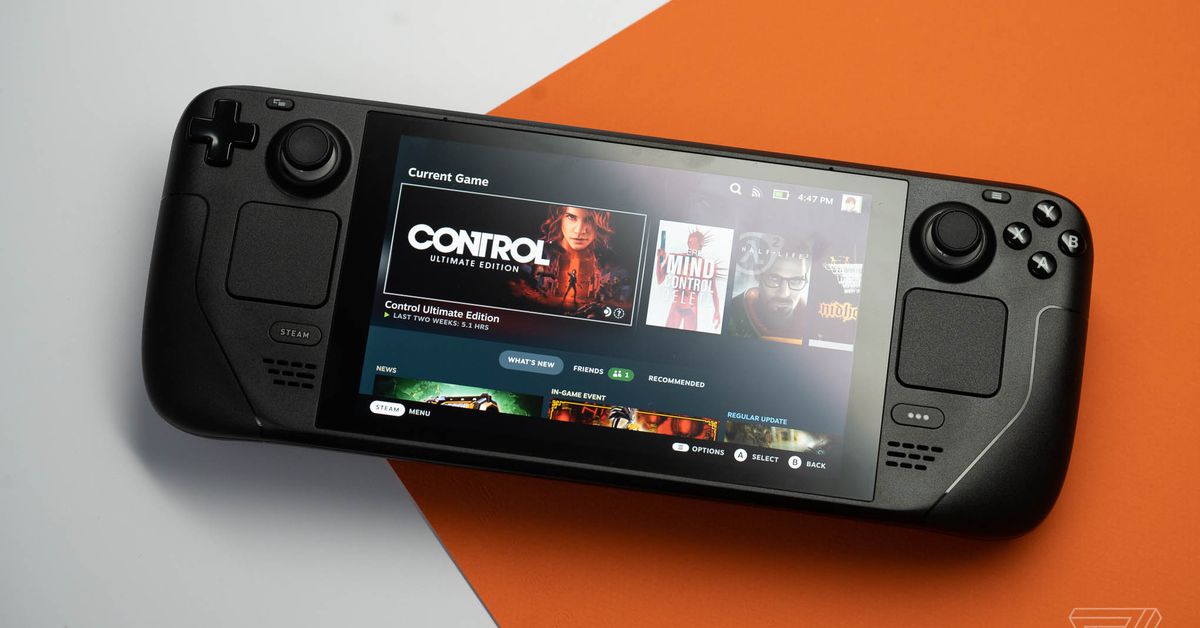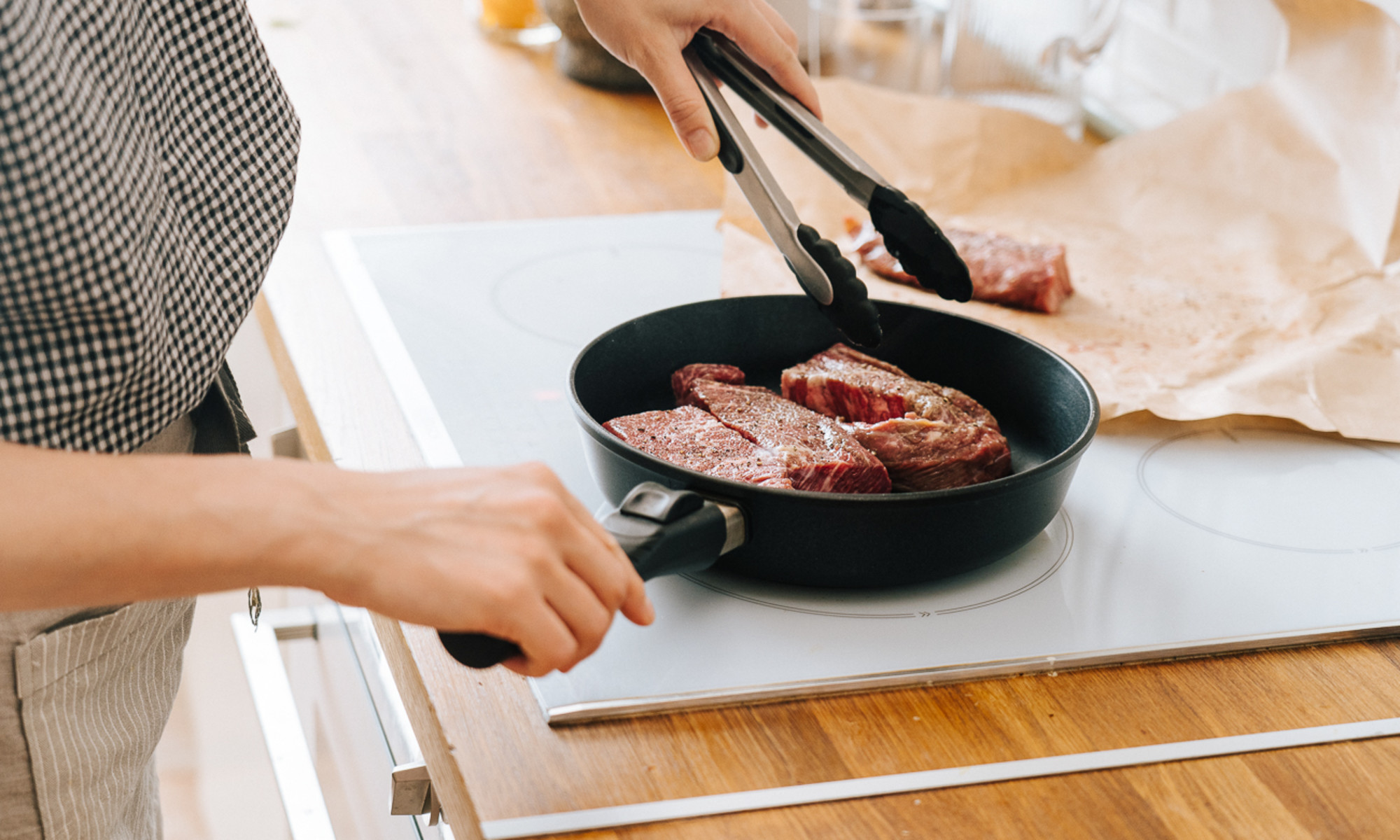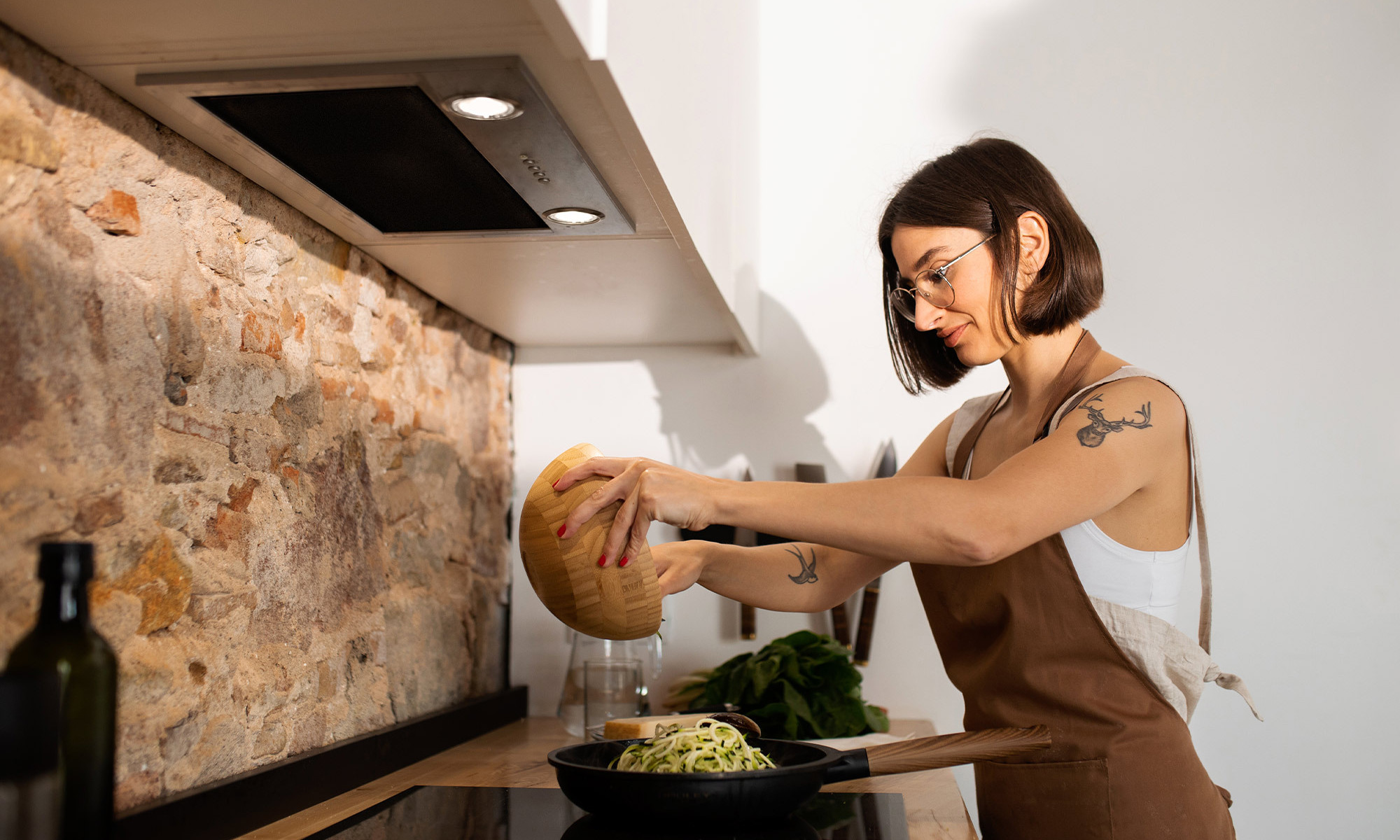Clubhouse is breaking up to stay relevant
Illustration by Alex Castro / The VergeHello again everyone — it’s been a while! Ariel’s on vacation for the next week-plus, which means I get to tap in again and do my best impression of your usual host. Today,...

Hello again everyone — it’s been a while! Ariel’s on vacation for the next week-plus, which means I get to tap in again and do my best impression of your usual host. Today, I chat about Clubhouse’s big revamp, Panera adding a branded sound, and PRX Productions boosting its output through a new partnership.
Clubhouse splits up
On Monday, I opened up Clubhouse to see if I could find any rooms worth tuning into. Right up top, the app suggested a room called “ Tech News around the World,” which seemed relevant enough to me, a technology reporter. But after that, things broke down right away. “Quick tip for getting more SAVES on your Pinterest pins!” didn’t seem to be playing well with anyone. (It had only 17 listeners.) “HAPPY BIRTHDAY TO MY FAVORITE NEPHEW RAYMO ,” was surprisingly vibrant when I popped in but seemed to be poorly targeted to me, a person who does not know Raymo.
Clubhouse, it almost goes without saying, has experienced a major drop-off in interest since its heights during the coronavirus-induced lockdowns of 2020 and 2021. Downloads of the app have fallen 86 percent this year, the analytics firm Sensor Tower tells Hot Pod. The firm says Clubhouse was downloaded 4.2 million times between January and July of 2022, down from 29.4 million downloads during the same period in 2021. At the same time, Twitter Spaces — anecdotally, at least — has been eating Clubhouse’s lunch. I won’t argue that Twitter’s recommendations are that much better (they’re not!), but the company was able to swiftly rebuild Clubhouse’s core features inside its existing social network, siphoning off a lot of the app’s momentum.
It’s been clear for a while that Clubhouse needed to make some big changes to regain that early buzz — and now, the company is detailing how it plans to evolve. Last week, Clubhouse CEO Paul Davison laid out what the next era of Clubhouse will look like: instead of one open network containing a countless series of rooms you can pop into, the app will ask people to organize into groups (“houses”), and audio rooms will exist inside those groups that are only accessible to members. Each house can have “its own personality, culture and content moderation rules,” Davison wrote on Twitter.
Public rooms will still exist, but the goal is to divide people up so that it’s easier to find things of interest. “A single community just doesn’t work beyond a certain size,” Davison wrote.
This is an idea we’ve seen social networks return to time and again. Facebook had you add too many friends, so its Groups feature started taking off; Snapchat added “streaks” to encourage friends to message each other directly; Reddit is so vibrant in part because you can create a niche for just about anybody. This sort of approach is hard to pull off — you need enough users to fill those niches — but it can be really meaningful when it works.
For me, the bigger outstanding question is whether live audio rooms are fundamentally a format that people want to use for entertainment. Is the problem that Clubhouse got too big too fast? Or is the problem that we can all see our friends again and have other ways to fill our time? My suspicion is that live audio is sticking around; it’s fun and easy to spin up. But I’m not confident it’ll be at the scale of an entire app rather than a feature inside something else.
Davison posted an open sign-up sheet for anyone interested in testing the changes out. Clubhouse will be approving new houses “slowly,” the form says. There’s no specific ETA on when it’ll launch for everyone.
Exclusive: PRX Productions partners with Goat Rodeo to make more shows
PRX wants to make more podcasts — so it’s teaming up with another company to expand what either could handle on its own. PRX Productions announced today that it’s enlisted Goat Rodeo as a “trusted production partner,” allowing the division to “[increase] production capacity” as it seeks new shows to develop.
PRX Productions launched in 2020 and works with editorial and branded partner companies to develop podcasts. So far, that’s included names ranging from CBS News to Ben & Jerry’s. As of the end of 2021, it had worked with more than 20 partners and produced over 600 podcast episodes, according to PRX. Goat Rodeo does similar work, having partnered with The Met, Lawfare, and iHeartMedia to make shows in the past.
This is the first time PRX Productions has formed a partnership like this. PRX spokesperson David Cotrone tells Hot Pod the two production houses are in the process of integrating their workflow and that “into the future, producers will work on projects best suited with their expertise and experience.”
That all said, the two groups are remaining separate entities. As part of the agreement, PRX will also distribute some original shows for Goat Rodeo, and Cotrone says the partnership will allow the two production groups to “[support] one another as independent audio organizations.”
Panera gets a new logo… sound
Here’s one I missed a couple of weeks ago from Marketing Brew that just got recirculated by Inside Radio: Panera wants to be recognized solely through sound, so it partnered with a “sonic branding agency” called Made Music Studio to develop a quick jingle to accompany its brand name at the end of radio or podcast spots. There’s a level on which this sounds a little over the top to me — they say the name Panera in ads! We know what’s being advertised! But I have to admit that this type of advertising works. I can tell you exactly what the McDonald’s jingle sounds like, and I’d probably recognize it even if I didn’t pay attention to everything else the ad said.
So now: a Panera sound. It sounds like a quick burst of bright horns followed by an angelic “ooo.” Honestly, it’s a little ridiculous when you describe it. It mostly just sounds like a slightly annoying but very likely to get stuck in your head burst of pleasant tones. Here’s Marketing Brew:
The resulting three-second sonic logo is half instrumental—played by a trumpet, an alto sax, and a baritone sax, according to [Made Music Studio president Lauren] McGuire—and half vocals. There’s also a one-second version, a six-second version, and a long-form version that clocks in at just under a minute, which Panera might use for situations like “walk-up music [for] our CEO,” [Panera VP of brand building Drayton] Martin said.
And here’s a 15-second YouTube clip where you can hear it right at the end. The clip has been live since late June, so you might have even heard it by now. Time to get a Mediterranean Veggie.
That’s all for today. Insiders, I’ll see you again on Thursday. Everyone else, catch you next week!

 Lynk
Lynk 
































